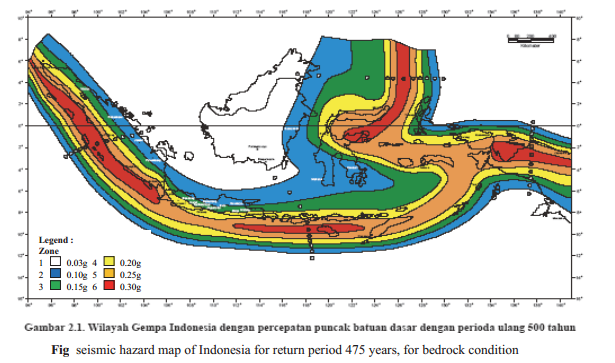Global warming is the rise in the average temperature of Earth's atmosphere and
oceans since the late 19th century, and its projected continuation. Since the
early 20th century, Earth's mean surface temperature has increased by about 0.8 °C (1.4 °F), with
about two-thirds of the increase occurring since 1980. Warming of the climate system is primarily caused by increasing concentrations of greenhouse gases produced by human
activities such as deforestation and the burning of fossil fuels. Where we will burn the hydrocarbons and produce CO2
methane etc. The cause of temperature rise due to GHG is described in figure
below.
Tuesday, July 30, 2013
Monday, July 29, 2013
1980 M6.6 Earthquake of Western Nepal.
Today July 29, in 1980 western Nepal faced the tremor of M6.6 which took away about 150 lives and left injured nearly 1000 people. Estimated economic loss of that earthquake was ($245 milion!). Nepalese media and people may forget it but they have to remember those events and prepare for next event like this or even more devastating one in near future. Here is a short view on history of earthquake.
 |
| Location of 1980 earthquake |
Nepal lies on seismic zone, it rests on the boundary of eurasian plate and indian plate with major faults parallel to its length. There are many fault activities responsible for ground tremors, some of them claim casualties but most of them are weak in their power. Nepal has the history of earthquake from 1255 AD when it was assumed that, 1/3 to 1/4th population got death due to earthquake about X in MM scale in Kathmandu, capital of Nepal.
Sunday, July 28, 2013
About Seismic Design Code in Nepal
4:58 PM
Asia, Events, Geology, Nepal, structures
ABSTRACT:
This
paper focus on study of worldwide changes in seismic design codes after large
earthquakes especially in design ground motion. Kathmandu is moving towards one
of mega cities in Asia, so for urban development in future we have to consider
all perspectives of design methodologies to have resilient city not only
Kathmandu but also all other major cities. High rise buildings and major
lifeline structures within city and gateway to cities are very important to be
safe. Design methodologies are major factors of control for the disaster
resilient structures alongside with regulation during construction. Here we
discuss about consideration of phase for design ground motion for safer
structural design.
ABSTRACT: This paper focus on study of worldwide changes in seismic design codes after large earthquakes especially in design ground motion. Kathmandu is moving towards one of mega cities in Asia, so for urban development in future we have to consider all perspectives of design methodologies to have resilient city not only Kathmandu but also all other major cities. High rise buildings and major lifeline structures within city and gateway to cities are very important to be safe. Design methodologies are major factors of control for the disaster resilient structures alongside with regulation during construction. Here we discuss about consideration of phase for design ground motion for safer structural design.
Key
Words: Urban
development, seismic design, phase spectra, design ground motion
INTRODUCTION
Saturday, July 27, 2013
Bridge failure during earthquake and it's mitigation
11:47 AM
structures, Technology
Major type of Failures
Lifeline structures
are those which are directly related to the facilities for existence of
society. Nowadays many cities are facing problem to maintain the lifeline
structures after the earthquake event. These structures are very important and
have to be safe.
There
are many lifeline structures among them bridge is also a very important
lifeline structure that provide commuting and also transportation of foods, oils,
water etc. History of bridge failure starts before 1907 when Qbec bridge fail.
There are many failure modes of bridge, main two types of them are:
 |
| Photo: collapse of cypress street viaduct (http://pubs.usgs.gov/dds/dds-29/web_pages/oakland.html) |
Shear Failure:
Friday, July 26, 2013
Seismic Monitoring
2:38 PM
Monitoring
Real Time Monitor of Japan (From NIED website)
This monitoring of seismic events is live from www.iris.edu
This monitoring of seismic events is live from www.iris.edu
Subscribe to:
Posts (Atom)
















